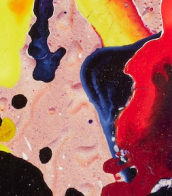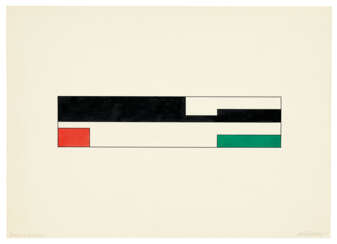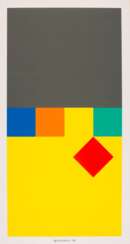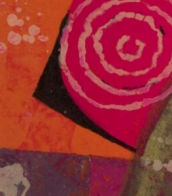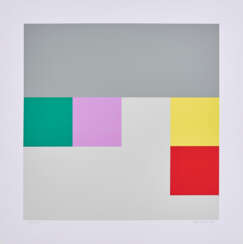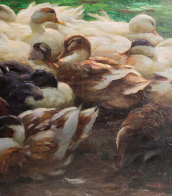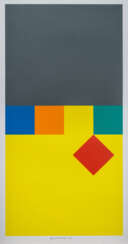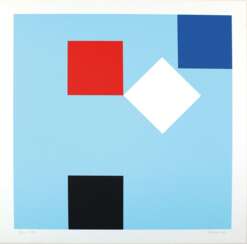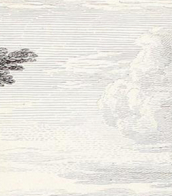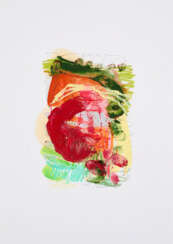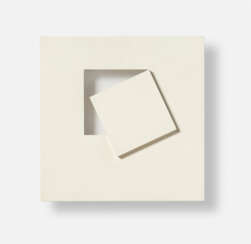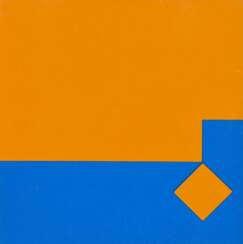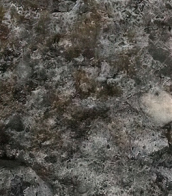camille graeser (1892 - 1980)
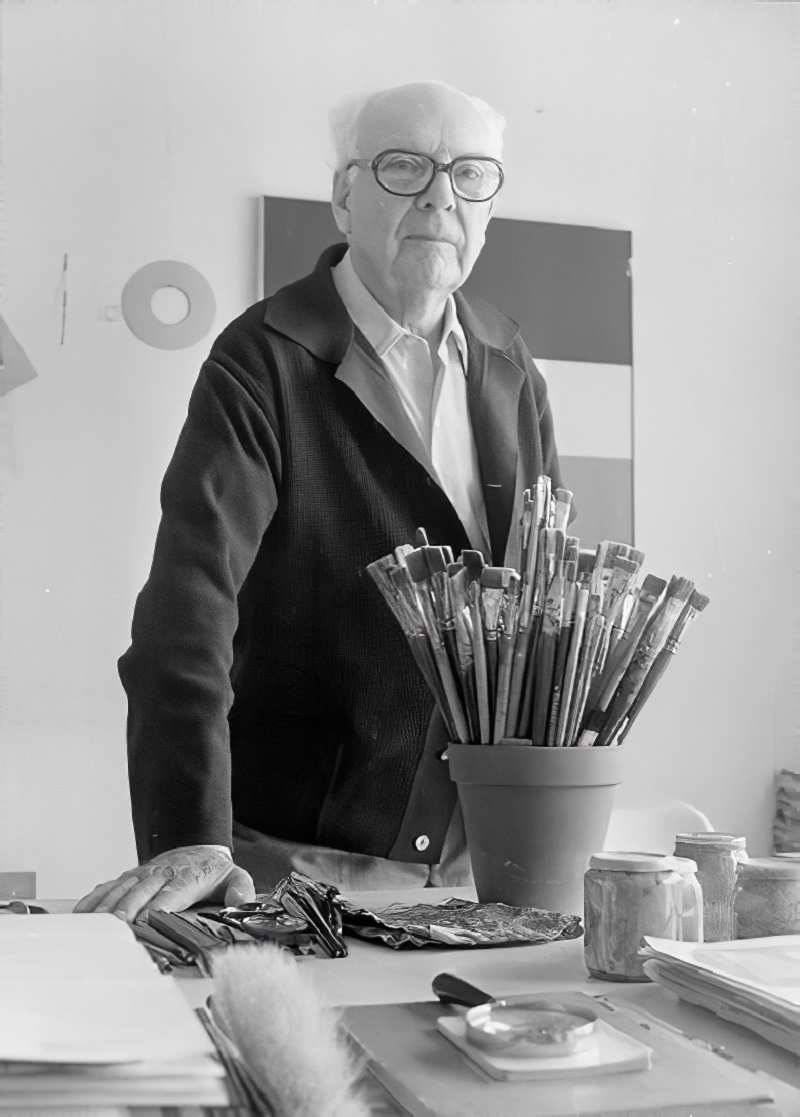
Camille Graeser was a Swiss artist, interior designer, graphic designer and representative of the Zurich school of concrete art.
Camille Graeser developed abstract expressionism around 1920. He later switched to a strict, two-dimensional purism, influenced by his Stuttgart colleagues Oskar Schlemmer and Willi Baumeister. In 1933, because of the rise of the Nazis to power, Greser fled to Zurich. In 1937 he became a member of the Allianz Association of Artists, which publicly promoted the new artistic trends.
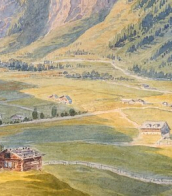

Camille Graeser was a Swiss artist, interior designer, graphic designer and representative of the Zurich school of concrete art.
Camille Graeser developed abstract expressionism around 1920. He later switched to a strict, two-dimensional purism, influenced by his Stuttgart colleagues Oskar Schlemmer and Willi Baumeister. In 1933, because of the rise of the Nazis to power, Greser fled to Zurich. In 1937 he became a member of the Allianz Association of Artists, which publicly promoted the new artistic trends.
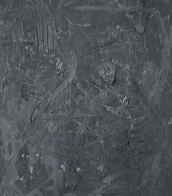

Camille Graeser was a Swiss artist, interior designer, graphic designer and representative of the Zurich school of concrete art.
Camille Graeser developed abstract expressionism around 1920. He later switched to a strict, two-dimensional purism, influenced by his Stuttgart colleagues Oskar Schlemmer and Willi Baumeister. In 1933, because of the rise of the Nazis to power, Greser fled to Zurich. In 1937 he became a member of the Allianz Association of Artists, which publicly promoted the new artistic trends.
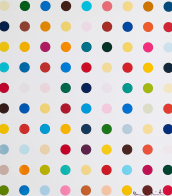

Camille Graeser was a Swiss artist, interior designer, graphic designer and representative of the Zurich school of concrete art.
Camille Graeser developed abstract expressionism around 1920. He later switched to a strict, two-dimensional purism, influenced by his Stuttgart colleagues Oskar Schlemmer and Willi Baumeister. In 1933, because of the rise of the Nazis to power, Greser fled to Zurich. In 1937 he became a member of the Allianz Association of Artists, which publicly promoted the new artistic trends.


Camille Graeser was a Swiss artist, interior designer, graphic designer and representative of the Zurich school of concrete art.
Camille Graeser developed abstract expressionism around 1920. He later switched to a strict, two-dimensional purism, influenced by his Stuttgart colleagues Oskar Schlemmer and Willi Baumeister. In 1933, because of the rise of the Nazis to power, Greser fled to Zurich. In 1937 he became a member of the Allianz Association of Artists, which publicly promoted the new artistic trends.
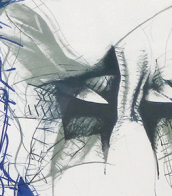

Camille Graeser was a Swiss artist, interior designer, graphic designer and representative of the Zurich school of concrete art.
Camille Graeser developed abstract expressionism around 1920. He later switched to a strict, two-dimensional purism, influenced by his Stuttgart colleagues Oskar Schlemmer and Willi Baumeister. In 1933, because of the rise of the Nazis to power, Greser fled to Zurich. In 1937 he became a member of the Allianz Association of Artists, which publicly promoted the new artistic trends.


Camille Graeser was a Swiss artist, interior designer, graphic designer and representative of the Zurich school of concrete art.
Camille Graeser developed abstract expressionism around 1920. He later switched to a strict, two-dimensional purism, influenced by his Stuttgart colleagues Oskar Schlemmer and Willi Baumeister. In 1933, because of the rise of the Nazis to power, Greser fled to Zurich. In 1937 he became a member of the Allianz Association of Artists, which publicly promoted the new artistic trends.


Camille Graeser was a Swiss artist, interior designer, graphic designer and representative of the Zurich school of concrete art.
Camille Graeser developed abstract expressionism around 1920. He later switched to a strict, two-dimensional purism, influenced by his Stuttgart colleagues Oskar Schlemmer and Willi Baumeister. In 1933, because of the rise of the Nazis to power, Greser fled to Zurich. In 1937 he became a member of the Allianz Association of Artists, which publicly promoted the new artistic trends.


Camille Graeser was a Swiss artist, interior designer, graphic designer and representative of the Zurich school of concrete art.
Camille Graeser developed abstract expressionism around 1920. He later switched to a strict, two-dimensional purism, influenced by his Stuttgart colleagues Oskar Schlemmer and Willi Baumeister. In 1933, because of the rise of the Nazis to power, Greser fled to Zurich. In 1937 he became a member of the Allianz Association of Artists, which publicly promoted the new artistic trends.
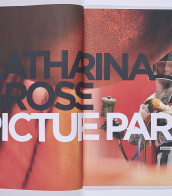

Camille Graeser was a Swiss artist, interior designer, graphic designer and representative of the Zurich school of concrete art.
Camille Graeser developed abstract expressionism around 1920. He later switched to a strict, two-dimensional purism, influenced by his Stuttgart colleagues Oskar Schlemmer and Willi Baumeister. In 1933, because of the rise of the Nazis to power, Greser fled to Zurich. In 1937 he became a member of the Allianz Association of Artists, which publicly promoted the new artistic trends.


Camille Graeser was a Swiss artist, interior designer, graphic designer and representative of the Zurich school of concrete art.
Camille Graeser developed abstract expressionism around 1920. He later switched to a strict, two-dimensional purism, influenced by his Stuttgart colleagues Oskar Schlemmer and Willi Baumeister. In 1933, because of the rise of the Nazis to power, Greser fled to Zurich. In 1937 he became a member of the Allianz Association of Artists, which publicly promoted the new artistic trends.


Camille Graeser was a Swiss artist, interior designer, graphic designer and representative of the Zurich school of concrete art.
Camille Graeser developed abstract expressionism around 1920. He later switched to a strict, two-dimensional purism, influenced by his Stuttgart colleagues Oskar Schlemmer and Willi Baumeister. In 1933, because of the rise of the Nazis to power, Greser fled to Zurich. In 1937 he became a member of the Allianz Association of Artists, which publicly promoted the new artistic trends.


Heinz Mack is a German artist. Together with Otto Piene he founded the ZERO movement in 1957. He exhibited works at documenta in 1964 and 1977 and he represented Germany at the 1970 Venice Biennale. He is best known for his contributions to op art, light art and kinetic art.
